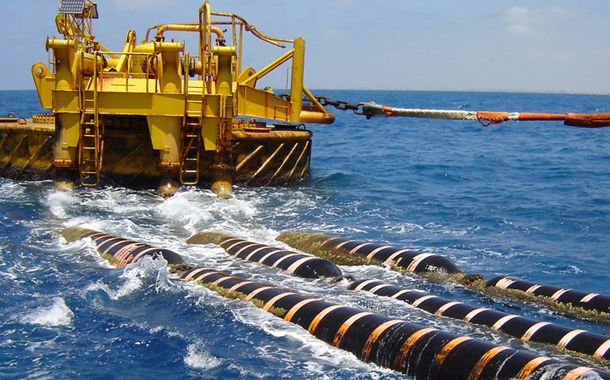
In light of recent disruptions involving undersea Internet cables, the importance of these cables for South Africa and the entire continent cannot be overstated. Acting as the continent’s digital arteries, they represent crucial entry points into the region. As digitalisation rapidly advances, especially in light of the presence and anticipated impact of hyperscalers in South Africa and throughout the continent, the significance of these cables becomes even more pronounced.
South Africa’s undersea cable network is an indispensable digital lifeline, tethering the country to the global digital community. Daily, these cables process terabytes of data, underpinning near ever local sector, from mining to finance, healthcare, entertainment, and e-commerce, etc. This connectivity stimulates trade, promotes information exchange, and fosters international research and development collaborations. The economic boost provided by the network augments the nation’s GDP, facilitating the burgeoning digital economy. Approximately 80% of Africa’s Internet traffic courses through South Africa, underscoring its key role as a digital beacon for the continent.
Mitigating connectivity risks
However, with such pivotal infrastructure comes inherent risks: challenges to connectivity reliability, potential lengthy downtimes affecting service quality, and reputational hazards arising from adverse customer experiences. Our commitment to foresight and adaptability has been unwavering. Drawing lessons from a 2021 incident, for instance, allowed us to buttress our strategies, ensuring businesses are insulated against such risks.
Historically, our forward-thinking approach has manifested in investments in key undersea cable consortiums, pivotal for global communication and data relay. Mention-worthy are the SAT3/WASC, SAFE, and EASSY cables, enhancing connectivity between Europe, Africa, and Asia. Furthermore, our capacity swaps with strategic partners have augmented its global communication network.
Though our initial strategic investments in African undersea cables can be traced back to the 2010-EASSY initiative, our modus operandi has evolved. Currently, we capitalise on capacity trades with our strategic allies, reciprocating with assets in regions where BT has formidable stakes.
The recent unveiling of new cables, like 2Africa by META and Equiano by Google, heralds a new era for African connectivity. A burgeoning competitive landscape augments both capacity and affordability – a boon, especially for regions like Africa.
Power of partnerships
The myriad advantages of strategic subsea cable partnerships encompass enhanced resilience, geographical diversity, elevated reliability, reduced downtime, and expansive global reach. The migration from MPLS to Internet Underlay, supporting SD-WAN Overlay, introduces agility, scalability, direct cloud connectivity, dynamic traffic routing, and cost-effectiveness for organisations.
Exemplifying our dedication is the number of cloud partnerships we have entered into aimed at bolstering cloud connectivity, ensuring data transfer rapidity, and delivering premium managed services.
The enormity and reach of our global network, with its sprawling presence across numerous nations, reaffirms our pledge to provide unparalleled connectivity solutions.
This article was submitted by Bertrandt Delport the Country Host, BT South Africa.


